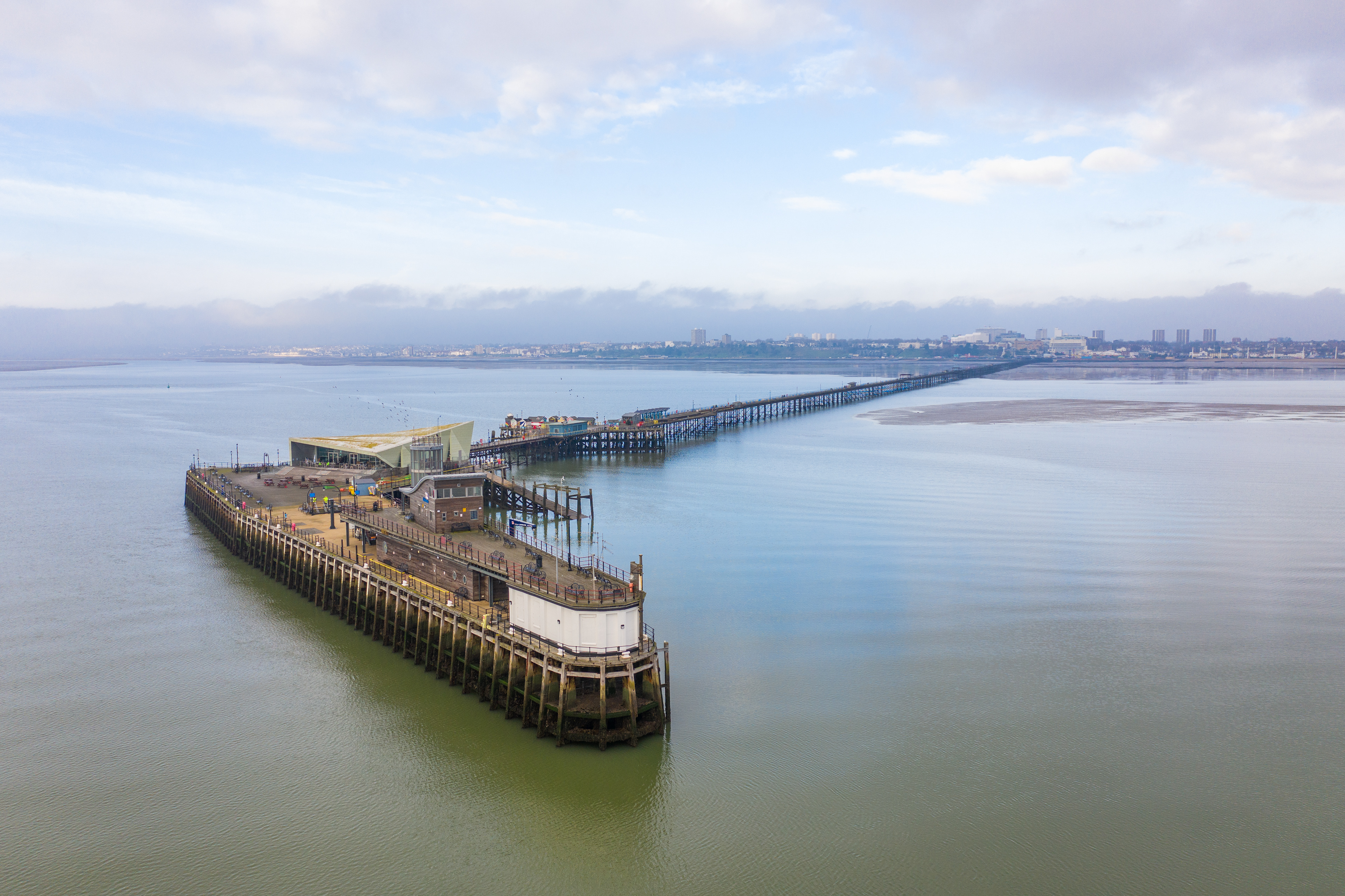
© Visual Air

© Garry Stickland
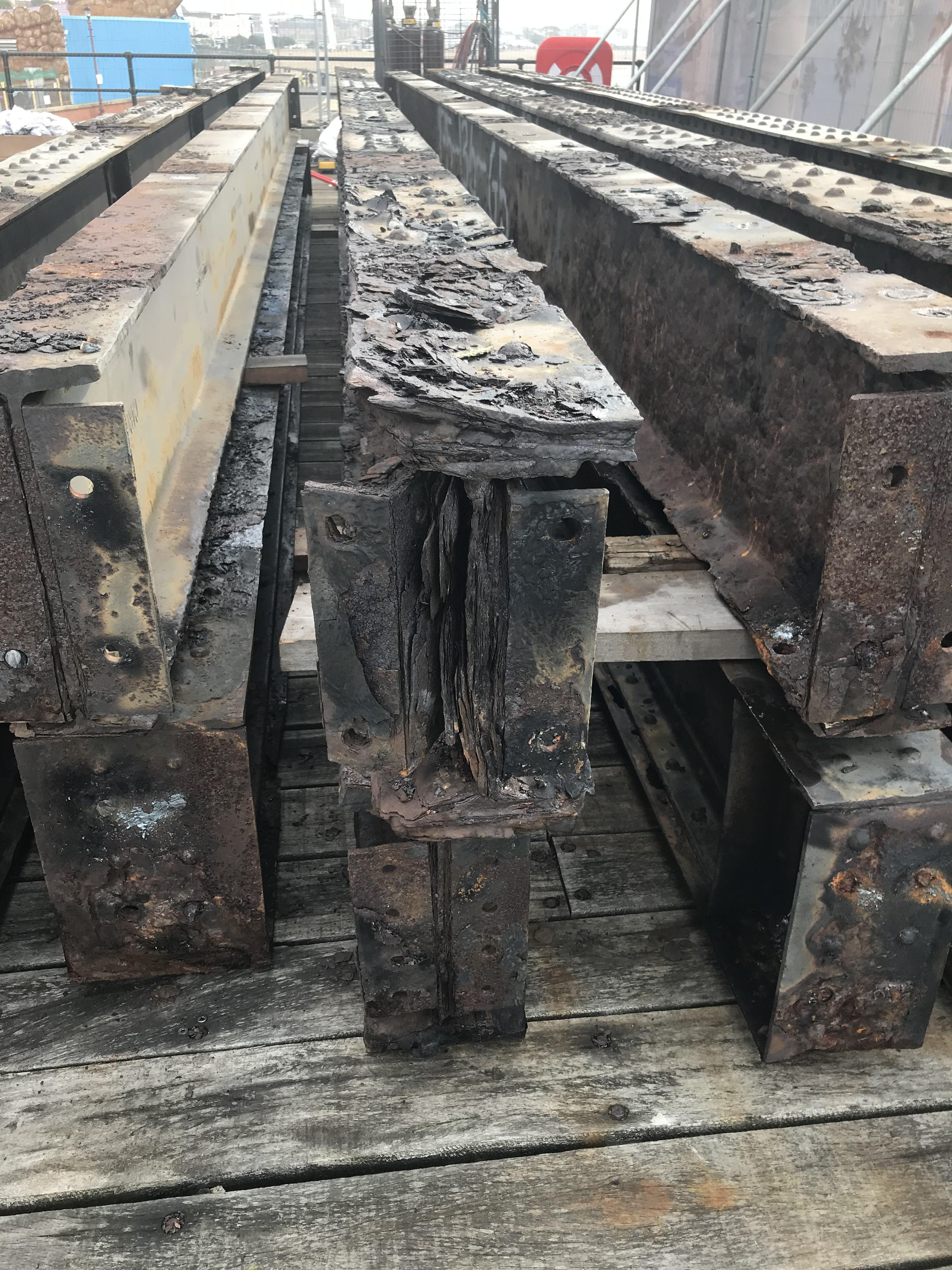
© Garry Stickland
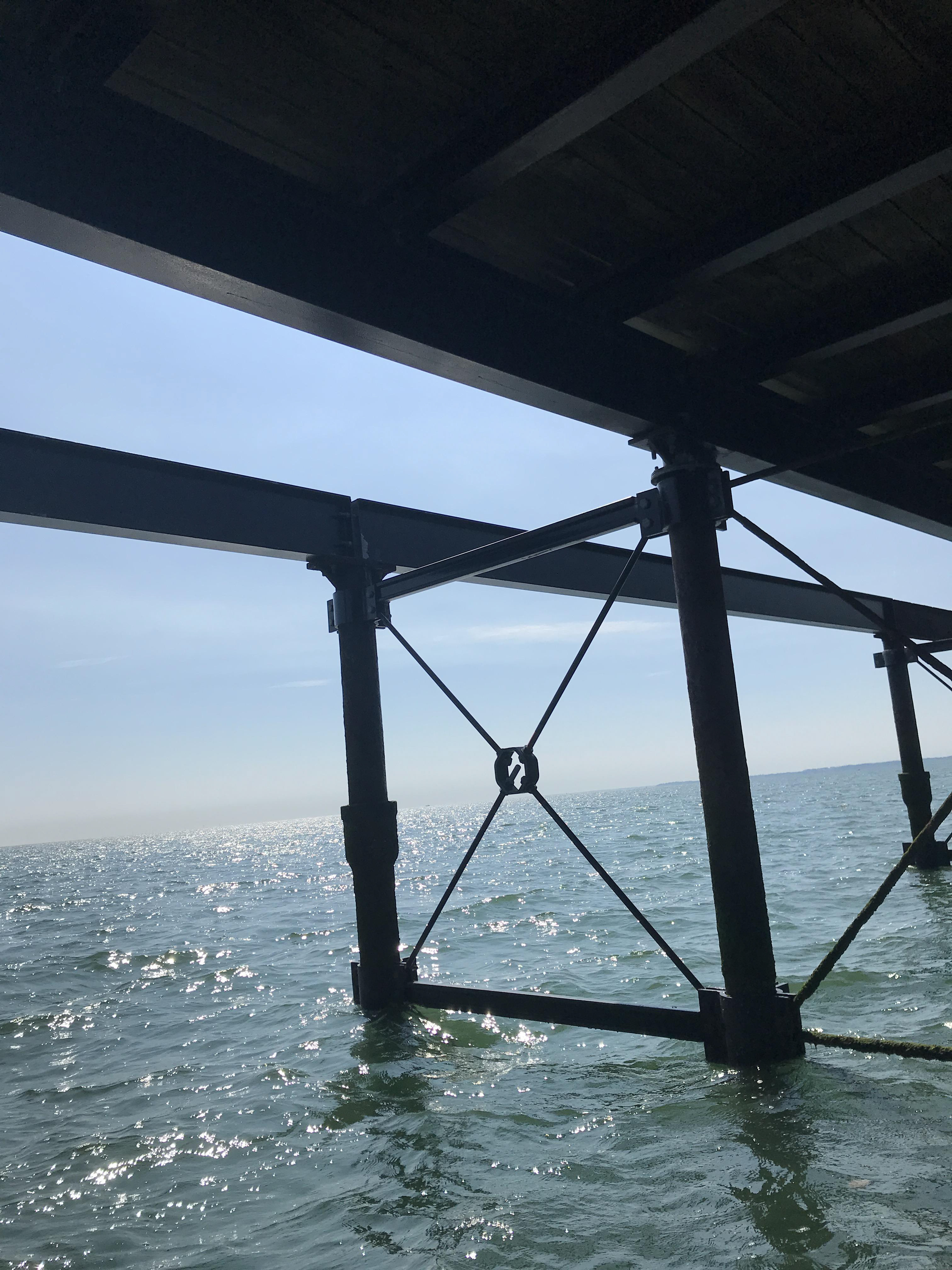
© Garry Stickland

© Garry Stickland

© Garry Stickland
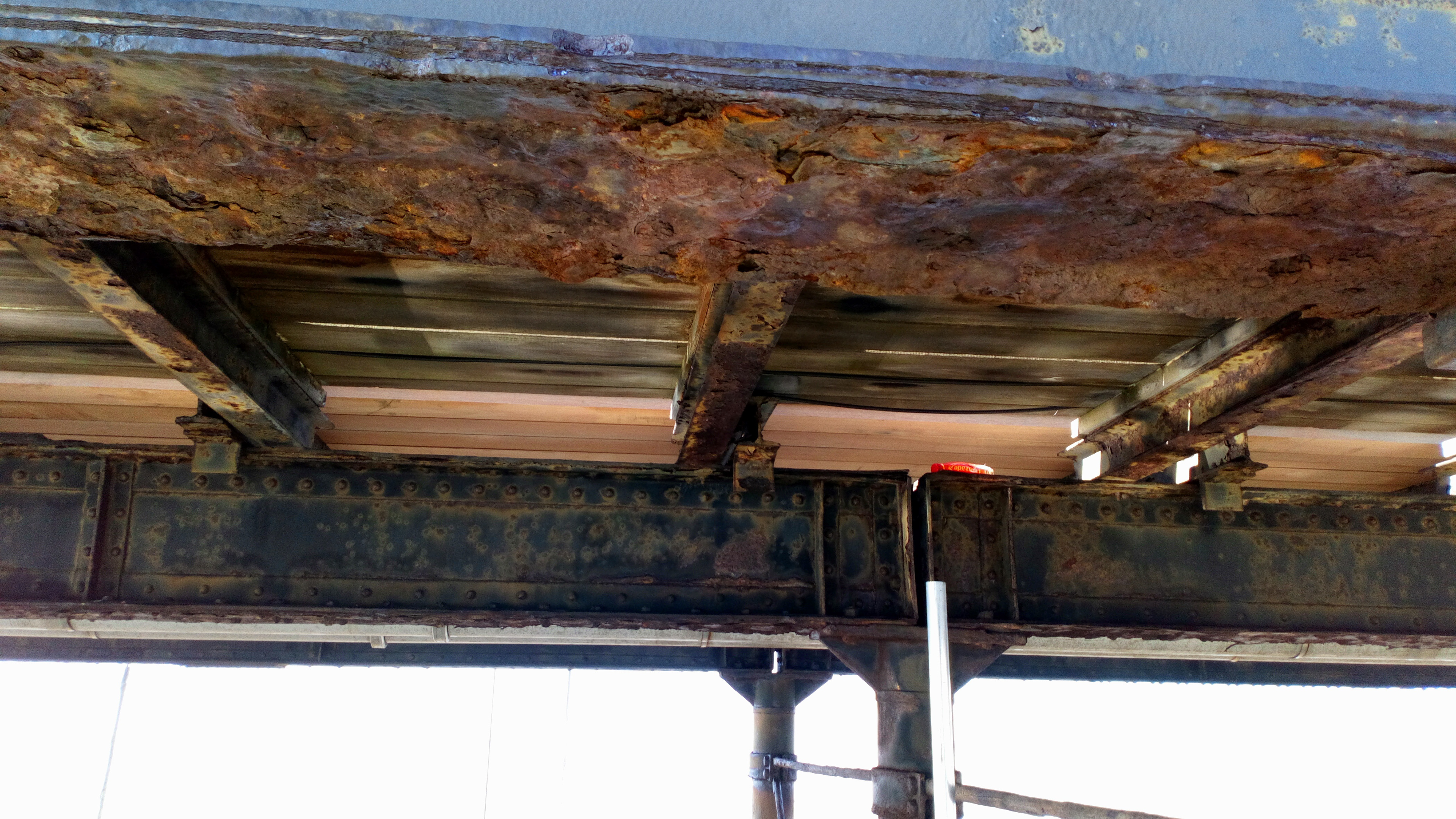
© Garry Stickland
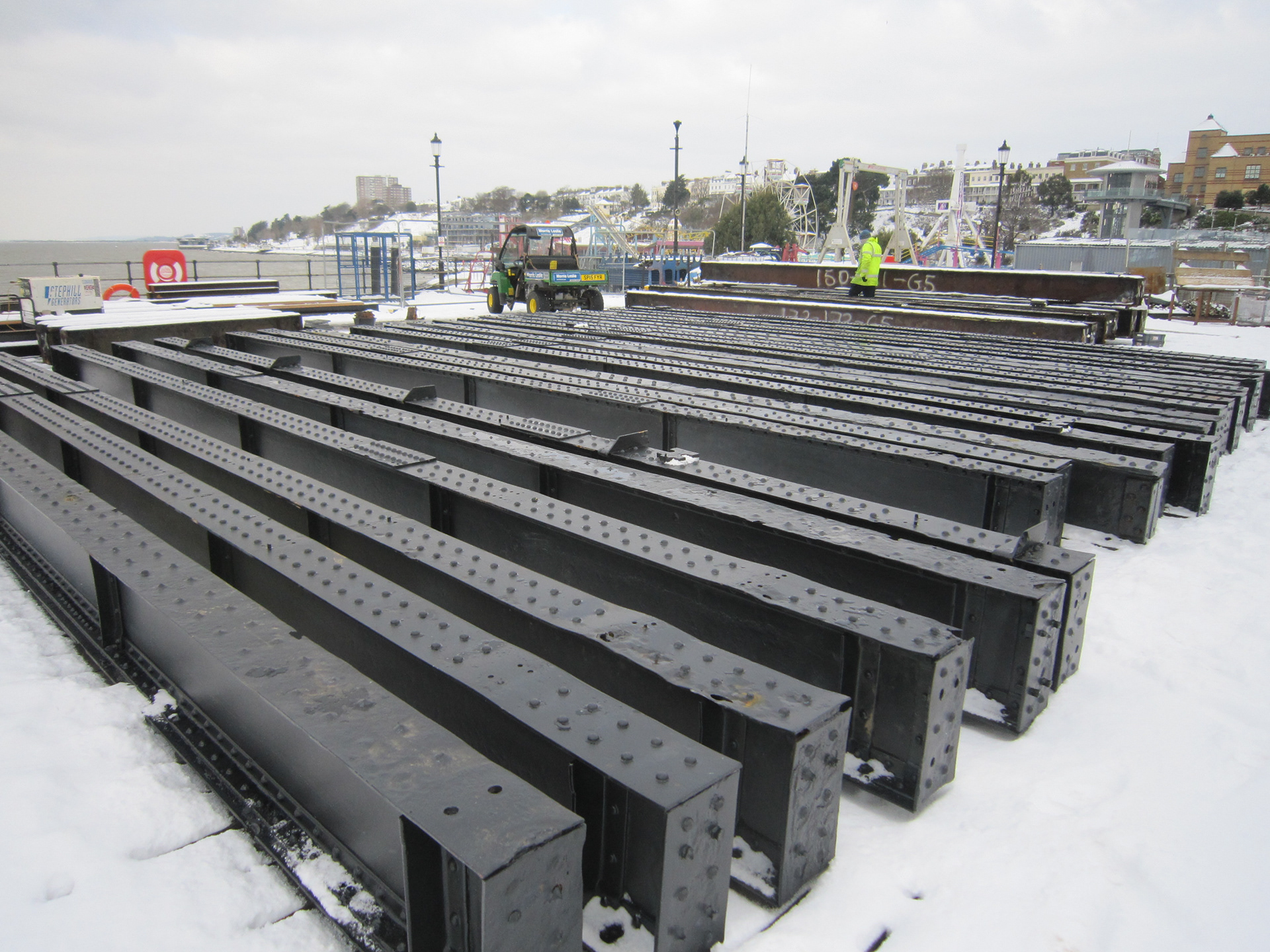
© Garry Stickland

© Visual Air
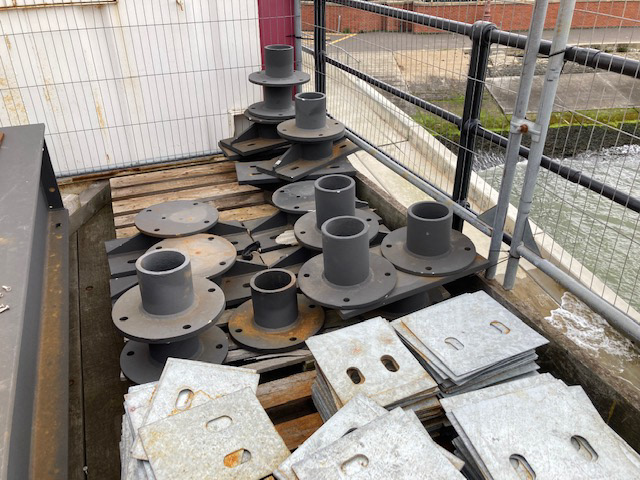
© Garry Stickland
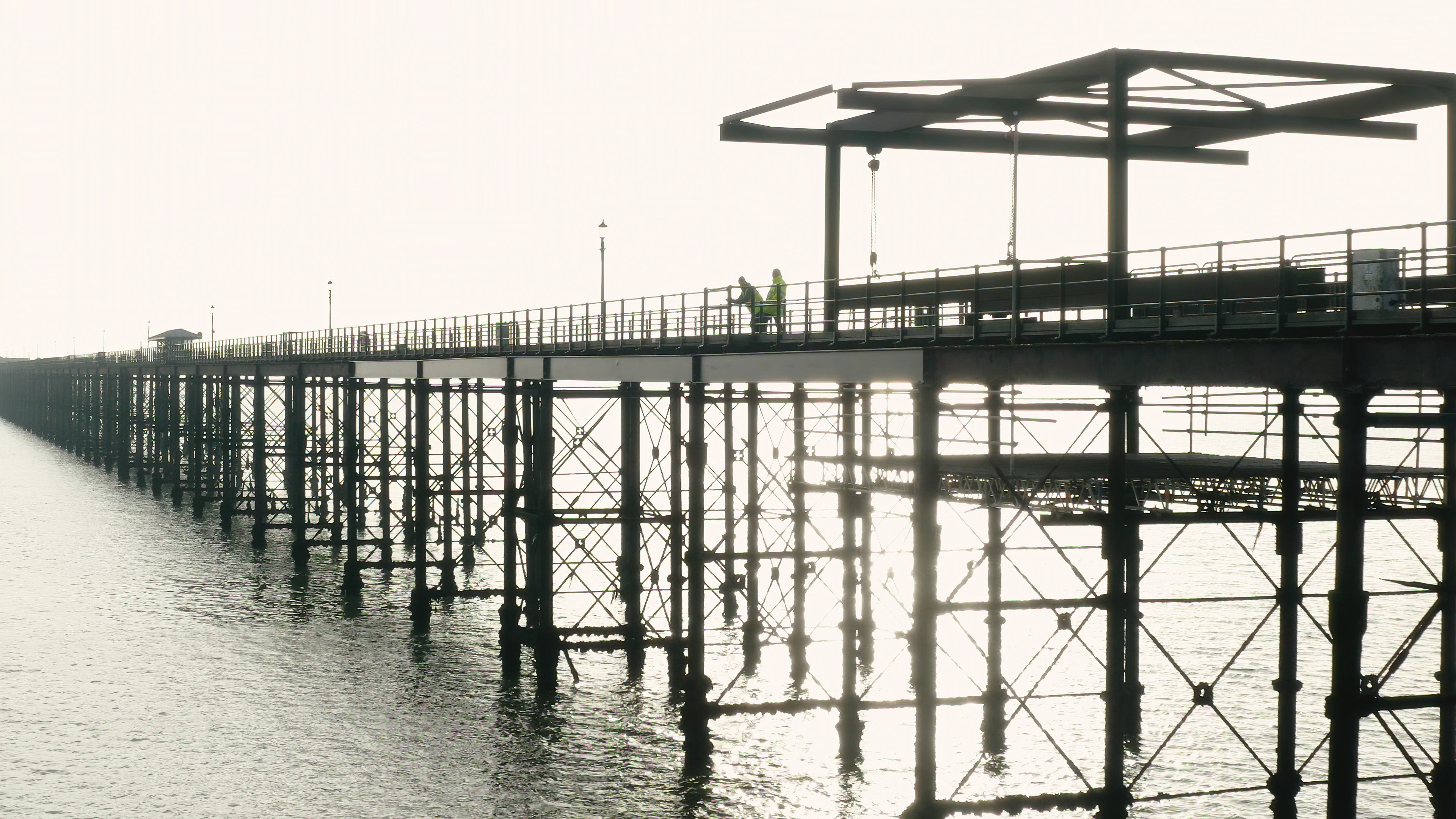
© Visual Air
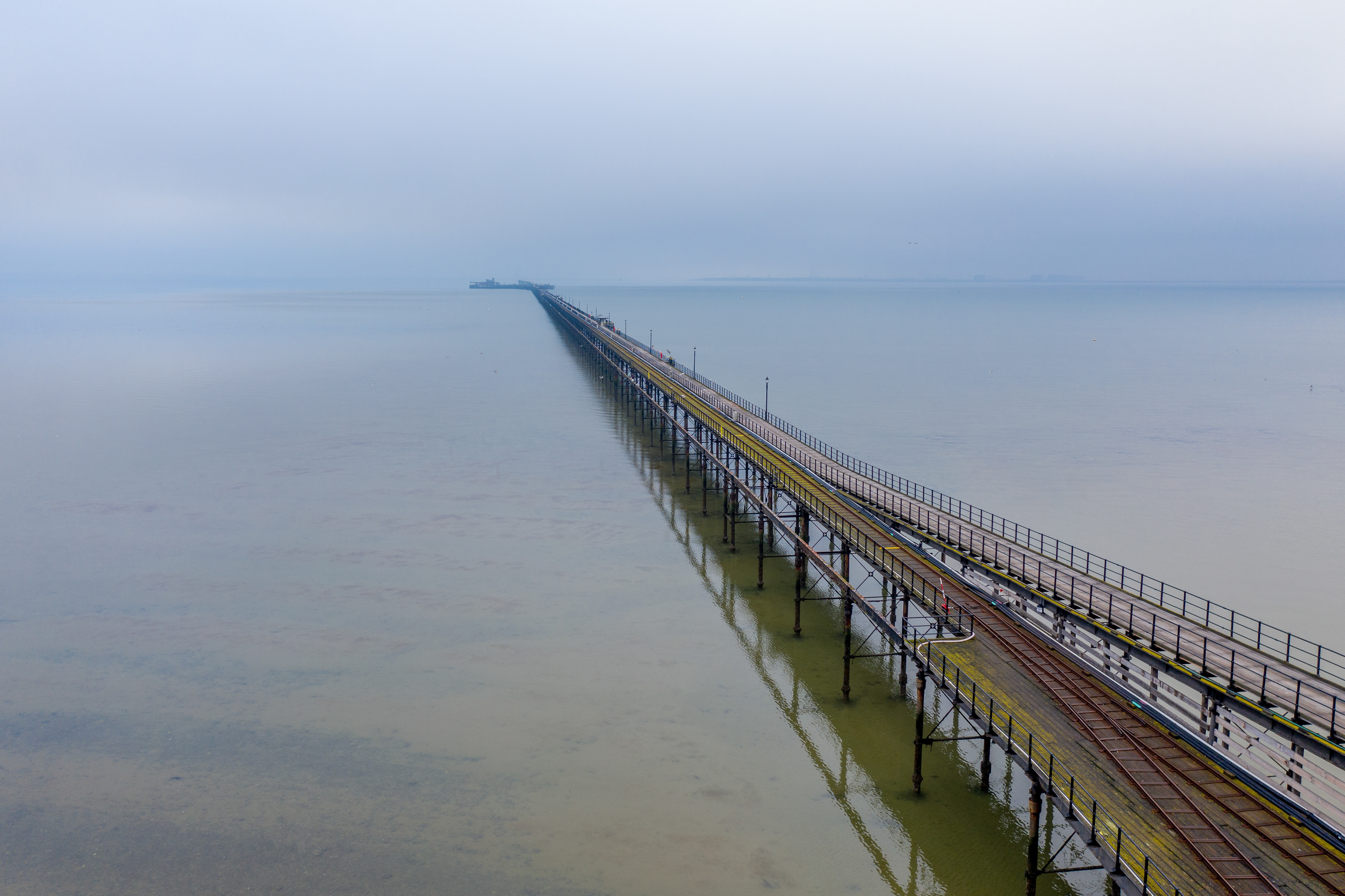
© Visual Air
Refurbishment of Southend-on-Sea Pier
UK Industrial Services
Southend on Sea Pier is the City’s most treasured historical icon putting Southend on the map as well as into the record books; the pier is owned, managed and maintained by Southend City Council.
The original timber pier was constructed in the 1800’s, the timber pier was superseded by the Iron Pier designed by James Brunless and constructed in 1889, it was extended in 1898 and again 1929. The pier is a Grade 11 listed building and officially the world’s longest pleasure pier reaching out into the Thames Estuary 1.34 miles.
The pier played a role in World War 1 and in World War 2, a true survivor with an incredible history. It played a crucial part in WW2 where it became the Guardian of the Thames and in September 1939 it became the Naval Control Centre for the Thames Estuary and was renamed HMS Leigh with surrounding areas becoming HMS Westcliff. It was a crucial mustering point for convoys and over the course of the war 3,367 convoys, comprising 84,297 vessels departed from HMS Leigh.
The pier also boasts the first pier railway to be built in the country in 1890,the narrow gauge railway is still used to transport passengers to and from the pier head. This year has seen the arrival of two new electric battery powered trains painted in the same green and cream livery as the 1949 trains.
Structural Repairs
Southend City Council has invested heavily in the pier over recent years; several structural condition surveys were commissioned; the surveys identified significant structural defects requiring repairs to be carried out to safeguard the future of the pier. The most urgent defects were prioritised and a 5 year rolling programme began. Phases of work were competitively tendered and the successful contractor appointed and managed by Consultants and Pier Engineers.
The phasing of work was hindered by Covid and lockdown initially, then the shortage of materials and haulage delivery complications resulting in some of the work programme and phasing being fragmented only allowing areas of the pier structural repairs to anchor bays being carried out with materials that had been delivered to site and stock piled.
Planning /Historic England Conditions and Marine Management Licence
Historic England/Planning Permission Conditions and Marine Management Licence are in force for the project specifically to protect the environment and wild life as well as the structure. One of the condition measures put in place to avoid disturbing roosting birds on the pier during certain months of the year, the condition being that no noisy work shall be carried out 1 hour before and 1 hour after high tide, which was manageable but inadvertently resulted in a slight restriction in the window of opportunity to carry out the work, careful planning and flexibility was required to ensure the project flowed and potential delays eliminated.
Anchor Bays
The anchor bays forms the main structural supports frames for the pier and provides rigidity whilst allowing expansion and contraction of the structure, comprising of a significant number of cast iron piles, 9.1 metre steel beams, 3.5 metre steel deck beams, forged cross bracing, tension rings, bull rails, pile caps, clamps and heavy duty nuts bolts and washers, all steelwork has been hot dipped galvanised and painted. There are 19 Anchor bays supporting the pier, repair work to anchor bays are phased the value of the work package is typically in the order of £1.5m, to date approx. £3.2m has been invested in structural repairs to the pier.
Description of the works
The works are summarised as, but not limited to, the following:
Repair/replacement of the 9.1 metre longitudinal beam
Repair/replacement of the transverse steel deck beams
Repair/replacement of the horizontal bull rails and bracing
Replacement of cross bracing, tension rings and clamps
Replacement of nuts bolt washers, spacers and packers
Repair/replacement/fabrication of the pile caps as identified in the structural condition survey
Where existing beams have been graded repairable and deemed suitable for reuse, the beams will be painted and reused in areas of the pier subjected to minimal load and forces. Our philosophy, and applying best practice in terms of reducing the carbon footprint is to recycle /repurpose as many original wrought iron beams as possible without compromising the structural integrity of the pier. The process to refurbish the beams is to remove all rivets, replace the top and bottom plates along the entire length of the beam, bore out corroded bolt holes to receive dome headed bolt that look similar in appearance to the original rivets then finally prepare and paint with two coats of Interzone 954. The refurbished wrought iron beams will be located in an area where they can be seen from the pier train and by foot passengers walking along the pier stem, this offers an opportunity for the general public to have some appreciation of Victorian engineering that would have otherwise not been seen in its previous position located under the pier deck.
All steelwork is to be galvanised to a thickness of 130 microns and painted with two coats of Interzone 954. It is recognised galvanising on its own is a durable and robust coating and will perform well in harsh environmental conditions, the reason for painting the new galvanised beams/components were to enable the beams to blend in with the existing darker appearances of the historic structure, to be more aesthetically pleasing and more palatable to gain acceptance from Planners and Historic England.
The tender documents stated the pier must stay open to the public and the train service must continue to run all year, with the exception of during peak winter months the pier will be closed to the public for two days per week. In essence this meant the contractor had to prepare the work area under the pier deck the day before new beams were due to be installed, start work at 0600hrs to burn the bolts out, jack the pier up to enable the removal of the original wrought iron riveted beams, deliver new 9.1 metre beam weighing approx1 Tonne to the working area, install the new beam , lower the pier to its original position and bolt securely in place before the first train run at 1015hrs, the process requires a systematic approach and careful coordination. Typically only one beam can be installed each day during the tourist season and auxiliary components, bracing etc. can be installed when the pier is open to the public. During the winter months more than one beam a day can be installed when the pier is closed to the public.
The Reason for Specifying Hot Dip Galvanising
The pier branches 1.3 miles into the Thames Estuary and located in the tidal zone. The iron structure is subjected to harsh environmental conditions, salt water spray, wave action, abrasion from sand, wind chill factor and aggressive currents. Hot dip Galvanising has a proven track record to perform well in harsh coastal conditions, is durable offing long term corrosion protection and enhances the longevity of steel.
When considering the life time costs to undertake future periodic painting the options were evaluated to validate the cost effectiveness of galvanising compared with the other alternative to fully scaffold underneath the decking of the structure and frequently paint the pier in fair weather conditions only, the decision to use the galvanising process offered favourable risk aversion and was the most cost effective option.
Considering the environment, galvanising is a more environmentally friendly option for the pier application in terms of eliminating the potential of spoils from the paint rubbing down process and the possibility of paint spillage entering into the river, galvanising was the obvious choice offering longevity, piece of mind and minimal future maintenance costs.
It is important to implement sustainable robust preservation and conservation measures to ensure the historic Victorian landmark can be enjoyed by future generations.
Unfortunately the work undertaken is not the most glamorous or visually high impact, but in terms of innovative engineering designs, practical solutions, conservation and preservation the historic Pier, the described work carried out is of significant importance for the City of Southend on Sea, the tourist industry and future generations.
We are confident Galvanising is the optimum solution for the pier, there must be very few places subjected to similar hash coastal environmental conditions as those endured by the pier, it must be one of a few sites that will thoroughly test the performance galvanising.
Photographs © Beckett Rankine, Visual Air & Garry Stickland
